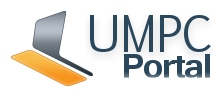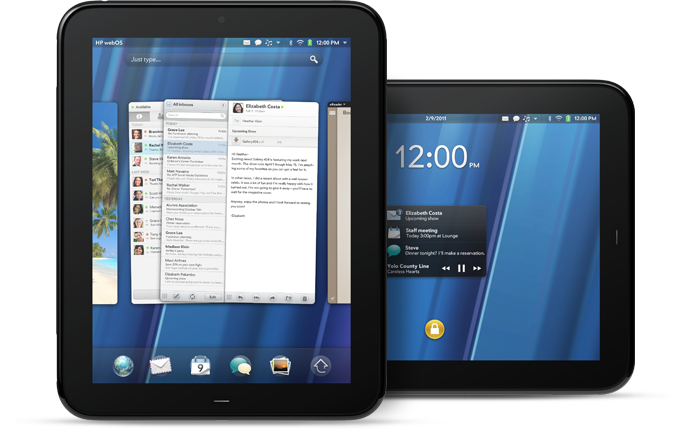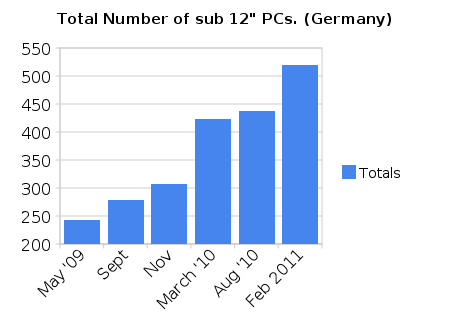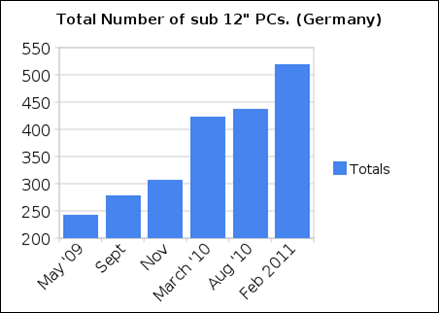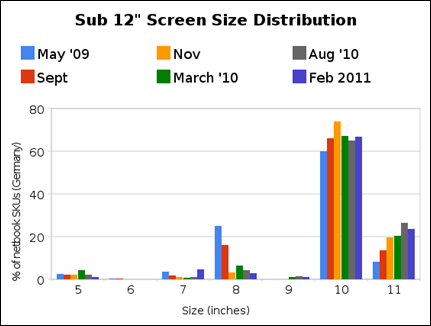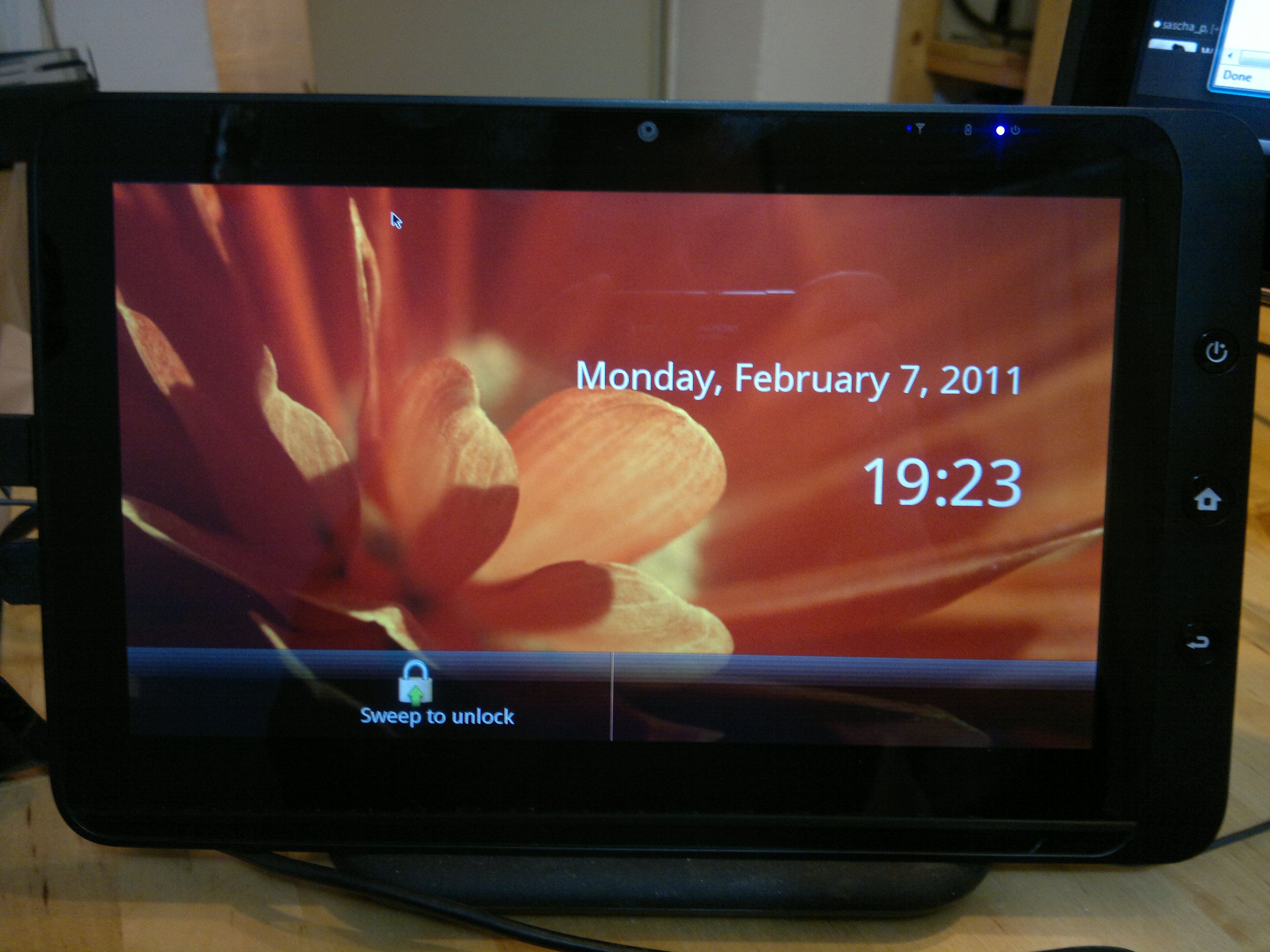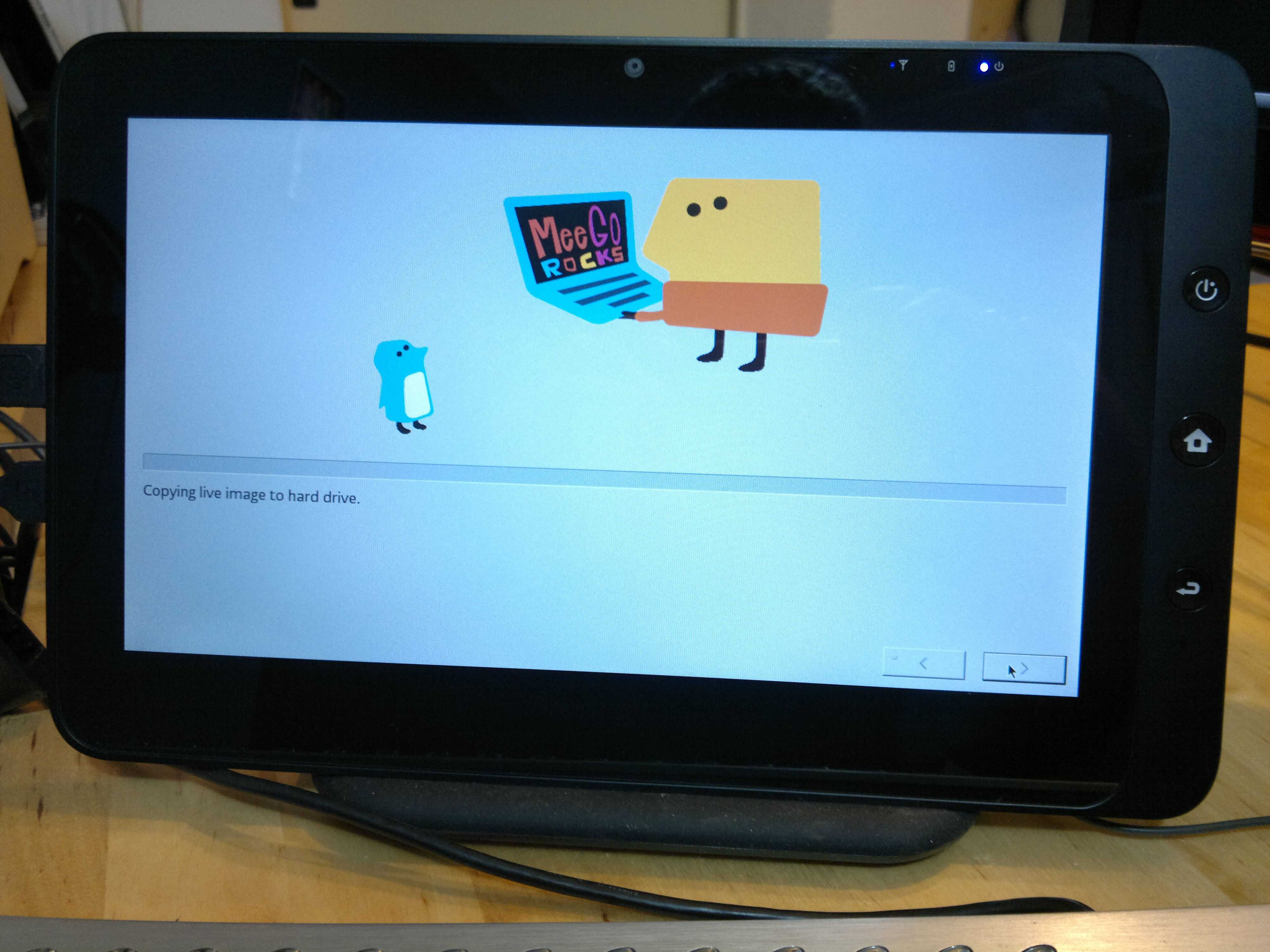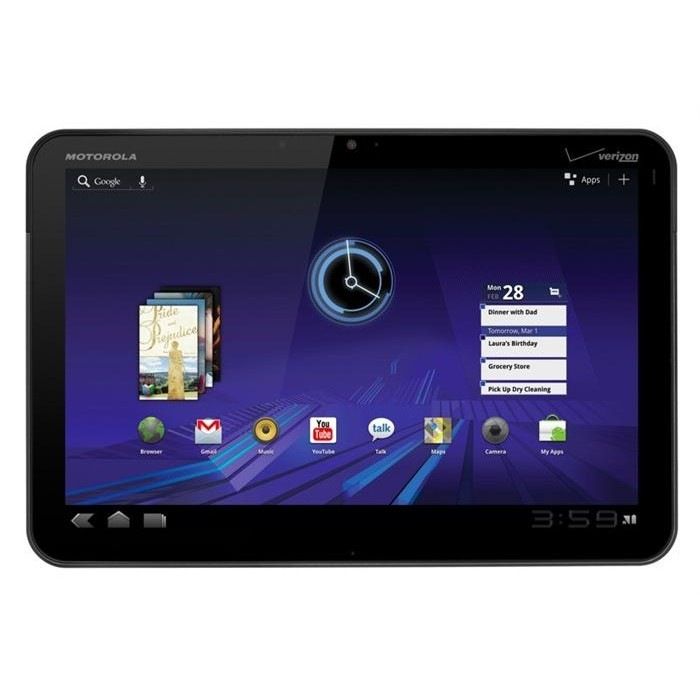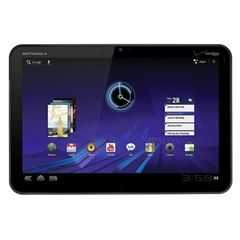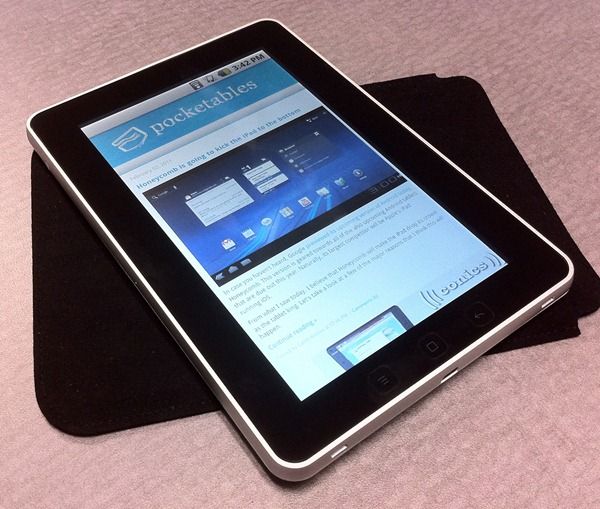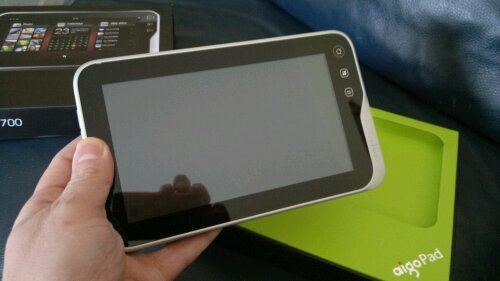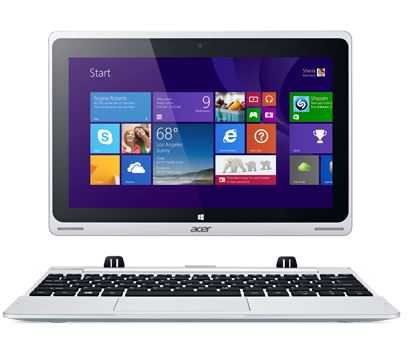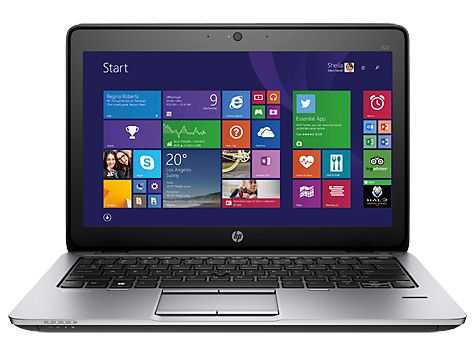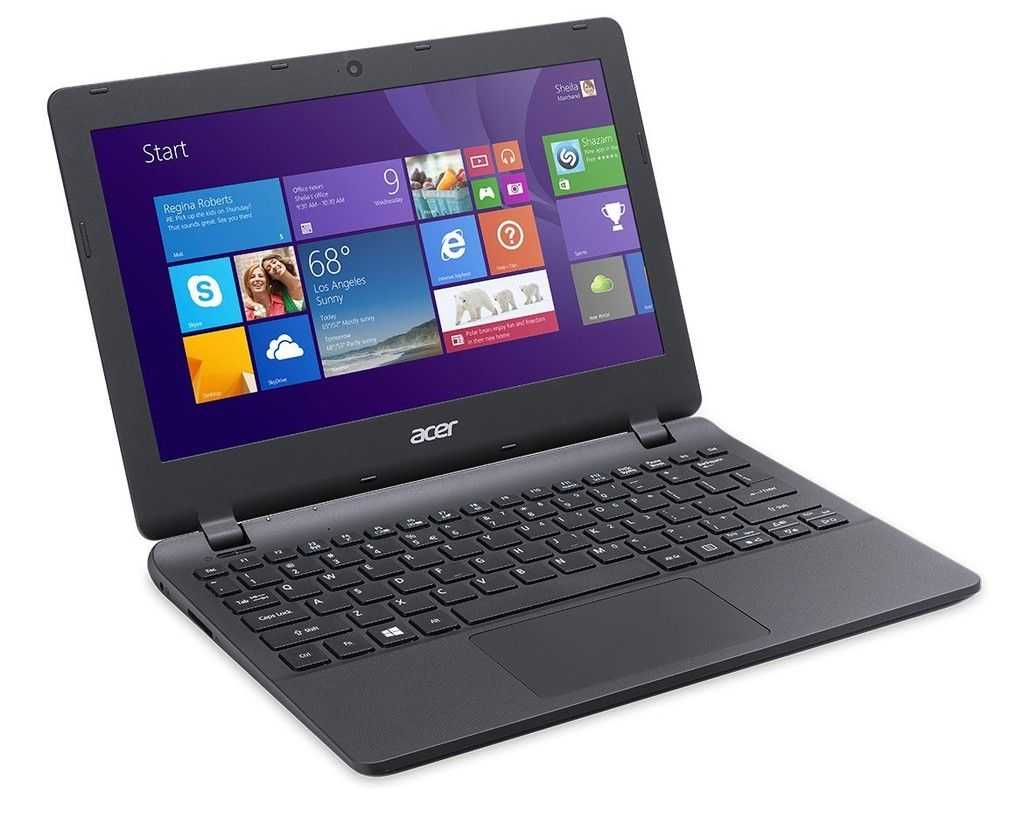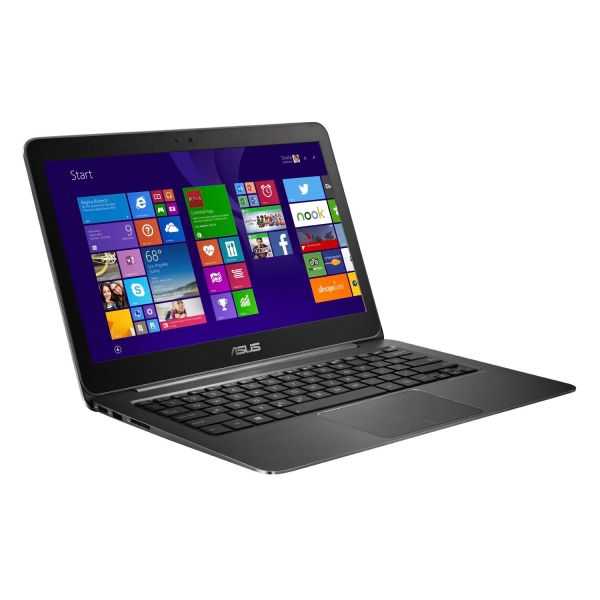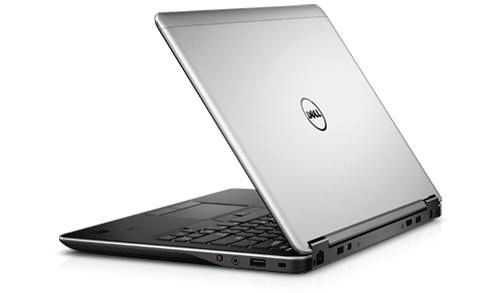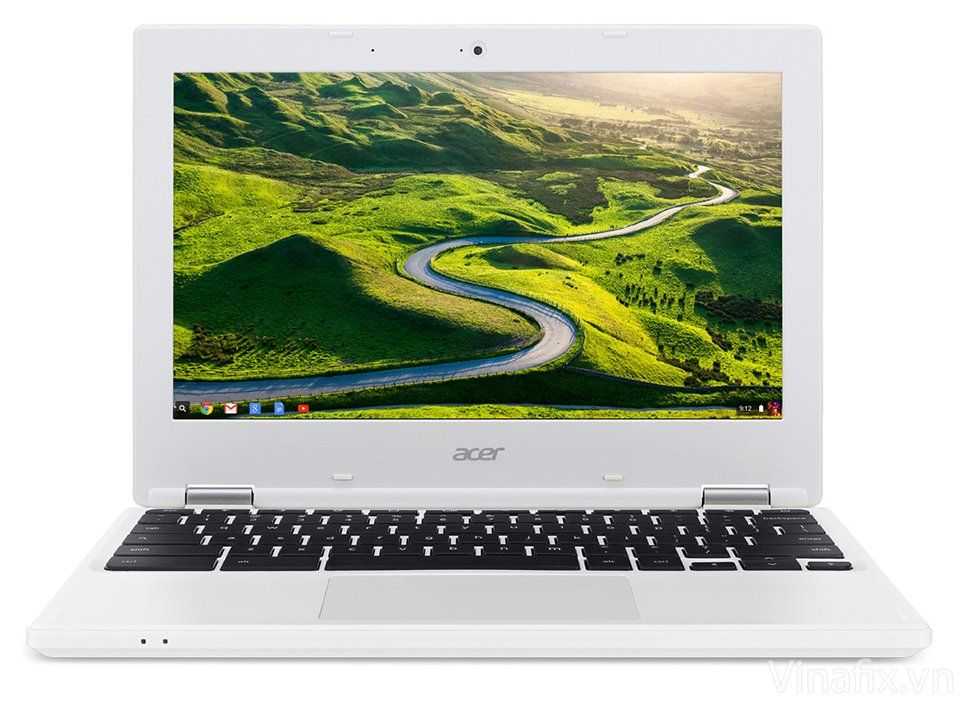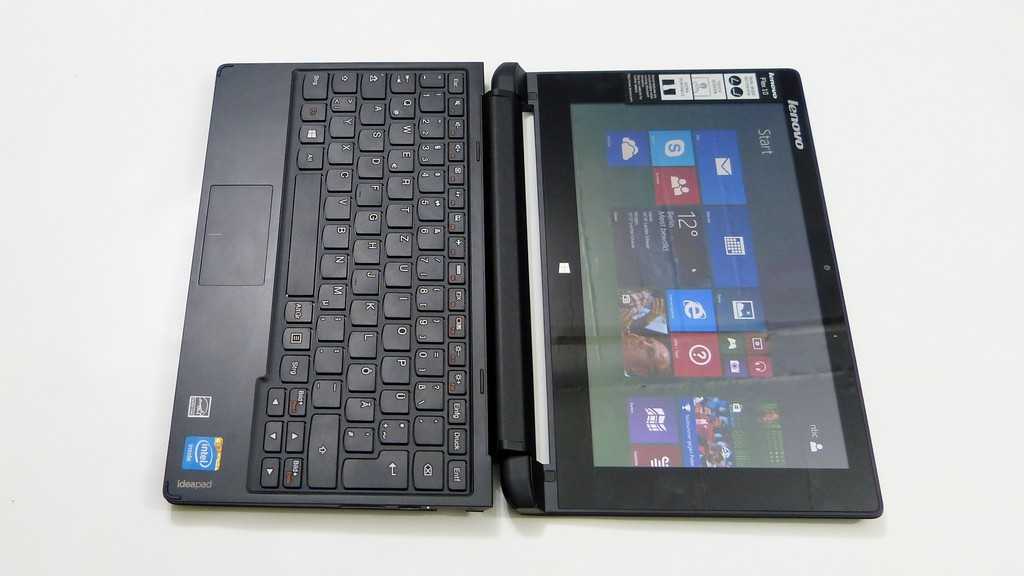Thomas and I watched the HP event as close as we could this evening (Credit to Engadget and Twitter!) and I think it’s fair to say that we were both impressed with the might of the announcements. The main event for us was the launch of the Touchpad and after just a few hours of mulling over the specs, hands-on and information, we’ve put some thoughts together for you.
Chippy Says:
It’s slick, it’s powerful and it’s the underdog. The HP Touchpad, announced today, is getting a lot of support from the online community this evening. Or is it just the bloggers and twitterers going mad to get their early SEO and follower-optimised articles and keywords in?
It’s targeted directly at the iPad with a similar look and, we suspect, a similar price but there are a few differences to point out. Number one, of course, is the operating system. ‘True’ Multitasking (some of the UI features are targeted towards true window-multitasking) and a good track record of usability and speed. It’s an operating system, however, that doesn’t have the application database that the iPad has so it will have to draw users (and devs) in by other means.
- Webcam
- Dual-core 1.2Ghz CPU
- 1GB RAM
Storage, screen, weight, battery and sizing seem very similar to the iPad.
You’ve got the micro-USB port and BT 2.1 of course so at least the OS is more open to physical connectivity and there’s that touchstone technology (if you’ve got both a pre, a touchpad and the touchstone accessory – or is it BT3.0 near-field you can do some neat tricks too) but that’s about it. The key feature is really the OS brand and the CPU and with the iPad 2 coming up, that CPU advantage is likely to drop away. You’re left with an OS, applications and content choice. Both iOS and WebOS appear to have a productivity angle. Both, to be honest, are going to be slick devices. At the end of the day, the HP Touchpad is going to be for the people that want an iPad, but don’t want an iPad! I doubt many Google users (mail, maps, talk, reader users) are going to be tempted away from Android if it does look less impressive although yes, there’s a growing number of new customers out there still trying to make a decision.
Could pricing be the answer? It has to be in my opinion because unless HP can ramp up a serious amount of devs and apps before launch, it hasn’t got enough to give it long-term momentum.
Thomas Says:
The Touchpad is a very nice looking device, powered by the compelling webOS and backed by one of the worlds biggest PC manufacturers. So, why do I remain sceptical?
Firstly, it’s not about the device, it’s about who uses them. iPhone users are familiar with iOS and are much more likely to choose the iPad. Android users are generally familiar with Android (duh?) and even with the various custom user interfaces I can see Android customers to be more familiar with a Galaxy Tab, Motorola Xoom or any other Android tablet. The same can be said for any platform, however this could never useful to HP with the webOS platform in it’s current state, thanks to it’s limited user base.
Secondly, not only did Apple and Google have a large number of users on-board when they announced their tablet platforms, they had developers too. Both Apple and Google can both boast a well stocked application store, something that HP / Palm can not.
Don’t get me wrong, I wish HP every success with their new webOS products, but in terms of tablets your average consumer will only be willing to spend big money if they’re buying the best available product. Much like the early days of Android, users won’t flock to webOS till the platform is right, never mind the product.
I’d say selling the Touchpad in vast quantities will be an upward struggle for HP, unless of course they can keep the pricing down. Buy one Pre 3, get a Touchpad half price – any takers?
